When the temperatures fall below zero, ice becomes a genuine threat for every car, truck, and SUV owner. Ice itself is slippery, can cause reduced traction, and if stuck to your windshield, reducing visibility. It also can stick to your car’s body and may cause scratching, or other forms of damage.
However, ice forming on your car isn’t going to destroy your paint job. The main paint point happens when car owners attempt to remove or deice the vehicle, using less than smart DIY solutions. So, if you live in cold-weather states or the threat of frozen temperatures is something you deal with every winter, this article will helpful to you.
In today’s AvalonKing blog, we’ll provide some helpful tips on how to de-ice your car. We’ll provide a few DIY solutions and offer some suggestions on how to protect your paint, windows, even wheels, and headlight lamps from being damaged due to ice, slush, or snow sticking.
Does Ice Cause Damage to Car Paint?
So, this is arguably this biggest misconception in automotive car care. It’s assumed that ice itself can cause damage to automotive paint. The truth is that ice itself doesn’t cause damage – it’s the dirt, grime, and removal methods that scratch the surface layer such as clear coatings, plastic trim, even glass.
Ice is simply frozen water, but in most cases, when it freezes on your car, it’s combined with tree leaves, dirt, mud, road grime, and even road de-icing salts or chemicals. When the ice melts, or when people attempt to remove it with a snow removal brush or other brittle items, the debris can scar the surface.
Removing ice and snow as recommended below, along with protecting your vehicle’s surface areas with a ceramic coating can reduce the potential of damage.
Top 3 Ways of Deicing Your Car
Before we dive too deeply into this commonly asked question, let’s clarify something. The tips below are generally used to remove ice from windshields – as ice on your paint is best to let melt naturally, then wash the car as recommended for winter temperatures. I wrote a blog about this earlier in the week, which you can read by clicking here.
So – let’s introduce a few ways of deicing your windshield without having to use a scraper.
Step One – Let Your Car Warm Up a Bit

Prior to starting or attempting any of these deicing tips, it’s best to start your car and let it warm up a bit. This helps to naturally begin the deicing process by introducing gradual heat from the defroster built into your dashboard.
This will typically take about 15 minutes, which is a great opportunity for you to mix a few of these home-brewed solutions for deicing your windshield. Here is specifically what you should do.
First – Open your Garage or make sure the car is outdoors. You don’t want to let your car run in closed areas, as this will introduce potentially dangerous levels of carbon monoxide. In most cases, if your car is garaged, you won’t have ice on windshields, but in case it is, make sure to open the garage door before letting the car warm up.
Second – Select the defrost setting on your systems heating/ac control switch. Place the temperature control on the hottest temperature setting and turn it on the highest setting.
Third – Let the heater and defroster blow on the windshield for about 10 to 15 minutes. While it might seem helpful, NEVER use hot or warm water on a frozen windshield or window. This can cause it to shatter due to thermal shock.
Now, the spray solutions we introduce below should always use COLD tap water or distilled water in a perfect world.
DIY Deicing Solution #1 – Saltwater Spray Solution
Ice and snow are melted on roadways by using a saltwater spray solution. Typically, this is comprised of magnesium, calcium, and potassium chloride. The ice melts by way of a chemical reaction, as the ions in salt likewise reduce the freezing point of water.
That said, you can use a saltwater spray solution sparingly on your windshield to help remove ice. Here is how to do this:
- Remove excess snow off the front windshield (if any is there).
- Use a spray bottle, add (1 cup) of table or ice melt salt (used on driveways and other walking areas), and fill with cold tap water.
- Shake the bottle well to fully mix the salt and water solution.
- Spray the saltwater solution on the windshield using the mist setting on the bottle.
You should only spray a small amount and in smaller sections. Let it soak for about 30 seconds and begin to use the ice scraper to remove the ice. The salt spray solution will help melt the ice, making removal easier, but you’ll still likely need to use a scraper to fully remove the ice for improved visibility.
DIY Deicing Solution #2 – IPA Spray
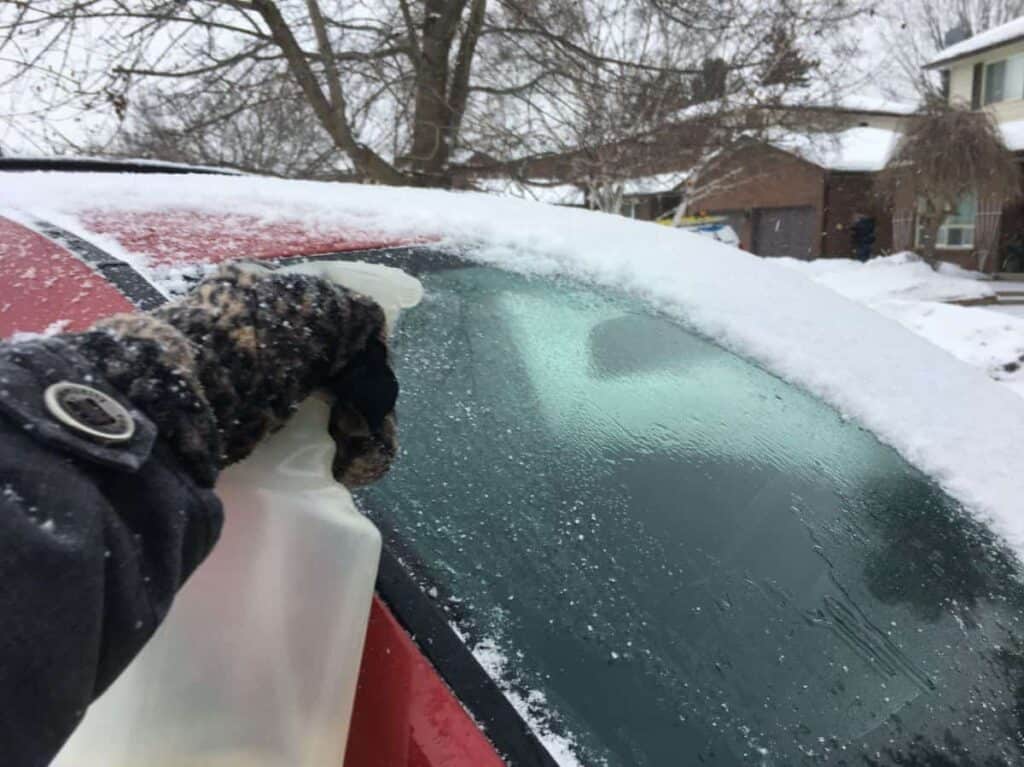
We’re big fans of IPA Spray. We recommend it as the final step when prepping before applying Armor Shield IX. However, Isopropyl Alcohol is another household item that can help melt ice on windows. To accomplish this, follow the pre-spray procedures listed above – by letting the car heat up and turning on the defroster.
Use a spray bottle and mix cold water with rubbing alcohol or Isopropyl alcohol at a ratio of two parts alcohol and one-part water. Spray the solution a bit more liberally than the saltwater spray, especially if you add a few drops of dish soap liquid to the bottle. It makes it harder for the spray solution to freeze.
Deicing Solution #3 – Chemical Deicing Spray
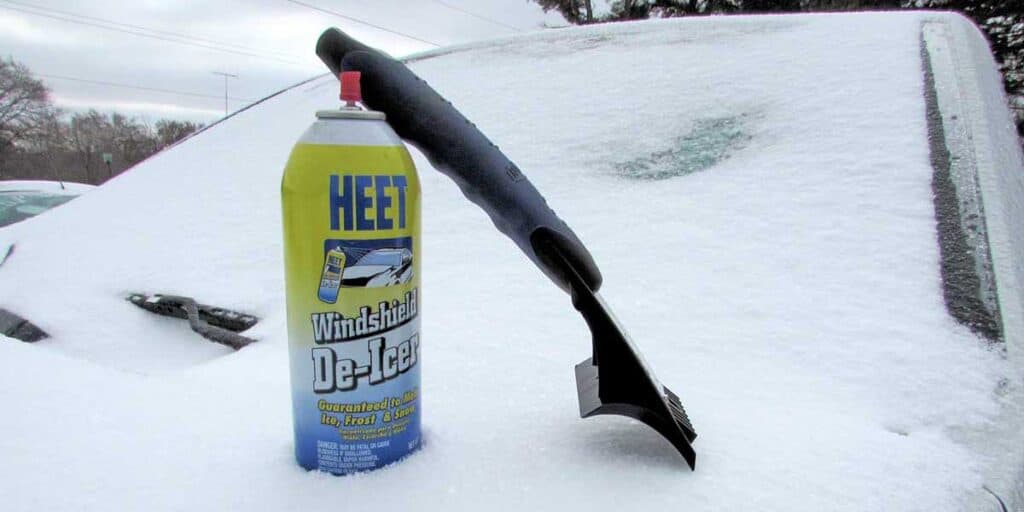
There are several commercial-grade deicing solutions that are made for automotive applications. Some of the best products for consumers to use on their daily drivers include Prestone Trigger De-Icing Solution. The HEET stuff above works pretty well.
It’s basically a chemically enhanced salt-like spray that melts ice upon contact. It’s best to follow the exact instructions and do not dilute the concentration with water – as this will likely produce poor results.
Are there Easy Ways of Reducing Ice Build-Up on Windshields?
If you don’t have the luxury of a garage, you might want to consider a few DIY solutions for reducing the potential of ice build-up on your windshield or other windows. Here are a few of my favorite ideas – some of which I used when I lived in Colorado and work well.
Item #1 – Cover the Windshield
Obviously, the best way to reduce the potential of having ice form on your windshield or the car surface is to protect it with a blanket of some sort. Some people living in areas that get cold, but don’t receive a lot of snowfall will use a car cover, towel or even an old bedsheet, with a few socks filled with sand or even rice on top to weigh it down.
Believe it or not, this works quite well. One method is using a towel that has been soaked in a saltwater solution. I kid you not – it works. For optimal results, mix a tablespoon of salt in one quart of water and soak the towel before laying it on top of the windshield. Place the wipers on top of the towel to keep it in place.
The best part about this method is you can use the same towel continually. Simply store it in a plastic bag after each use and add a bit of saltwater solution to keep it damp.
Item #2 – The Rubbing Alcohol or Vinegar Treatment
This one is something that midwestern US residents swear by – and I think it’s rather handy as well. For this, you’ll want a strong mix of rubbing alcohol or vinegar (straight vinegar, not that apple cider vinegar your mom uses for cooking). A 3 to 1 ratio of alcohol/vinegar to distilled water will do the trick.
For this, simply spray the windshield at night before heading in for the night. A light mist is good for starters. You can also apply some rubbing alcohol onto the wiper blades to keep them from freezing to the windshield, but I really don’t recommend this – as it will dry out the rubber prematurely, make them brittle, and wear out quickly.
Item #3 – Consider Applying a Ceramic Coating

So – yes, we sell Armor Shield IX. But seriously, a DIY ceramic coating does wonder for making it difficult for ice to stick and remove if it does. You can apply a DIY Ceramic coating on your car’s paint, plastic trim, headlights, and yes – even windows.
The process is simple, requires very little prep work on windshields, and improves the hydrophobic effects while driving in snow, sleet, and worse – that annoying snow, sleet, road-grime mixed crap that causes reduced visibility.





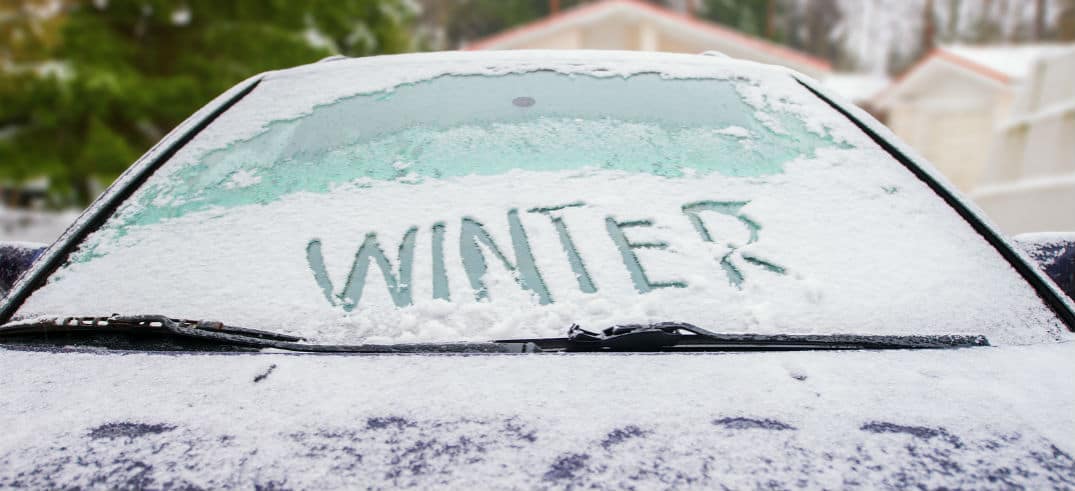




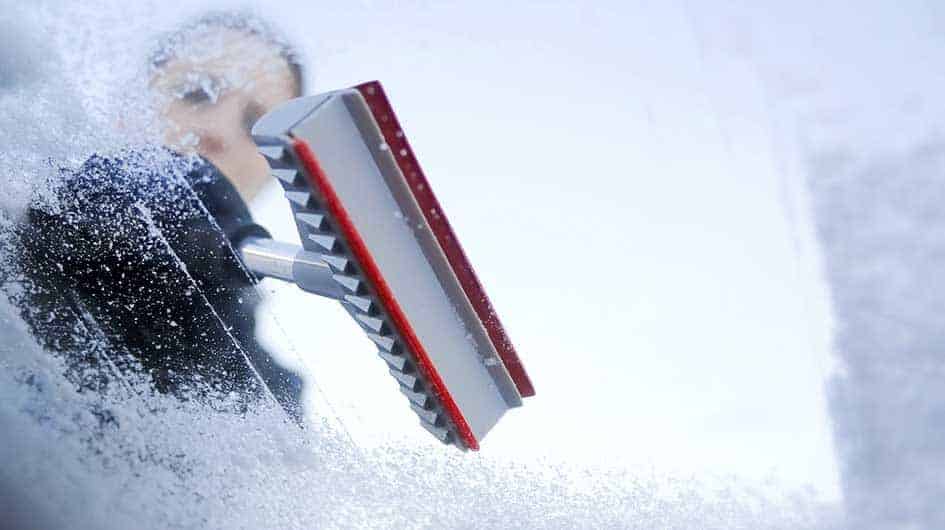
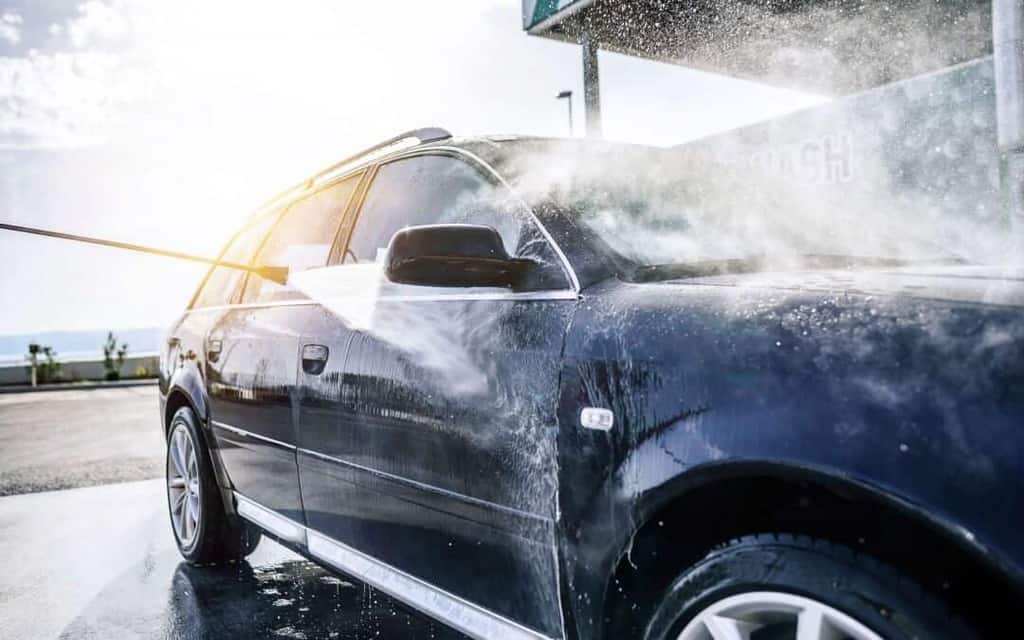

2 comments
Liliana Christophe
Totally enjoyed the information contained in this article. As a newbie from California to North Carolina, learning how to survive snow and ice! Thanks for the tips!
Totally enjoyed the information contained in this article. As a newbie from California to North Carolina, learning how to survive snow and ice! Thanks for the tips!
Liliana Christophe
Totally enjoyed the information contained in this article. As a newbie from California to Now Carolina, learning how to survive snow and ice! Thanks for the tips!
Totally enjoyed the information contained in this article. As a newbie from California to Now Carolina, learning how to survive snow and ice! Thanks for the tips!